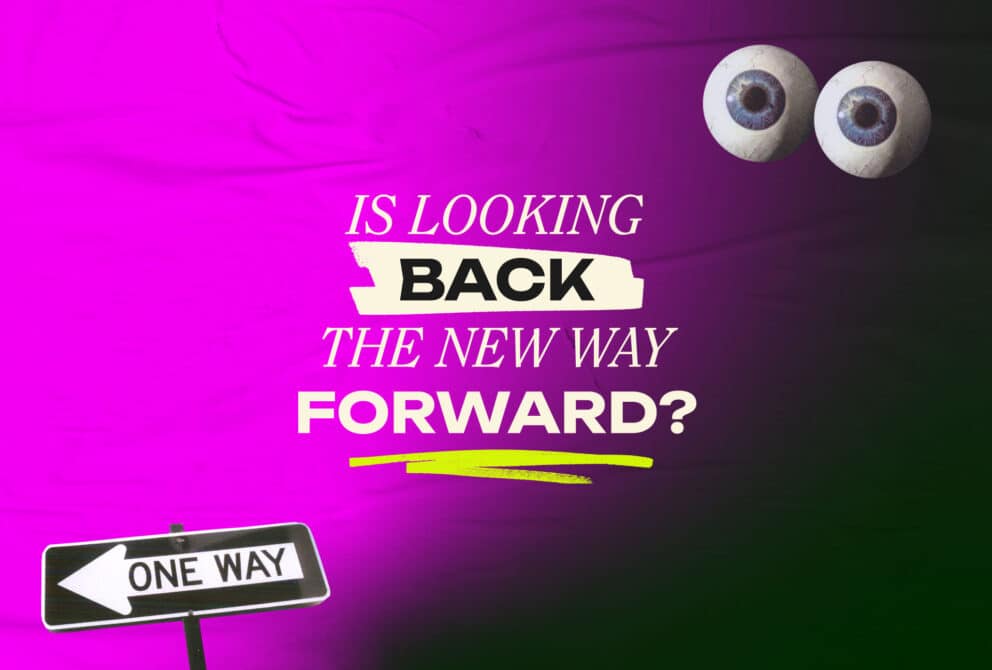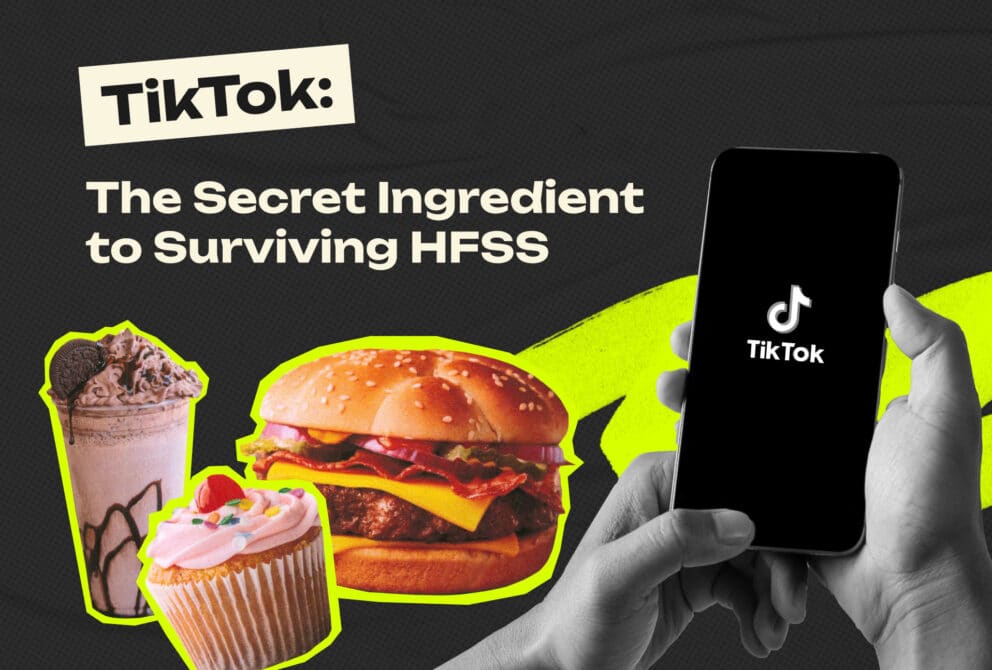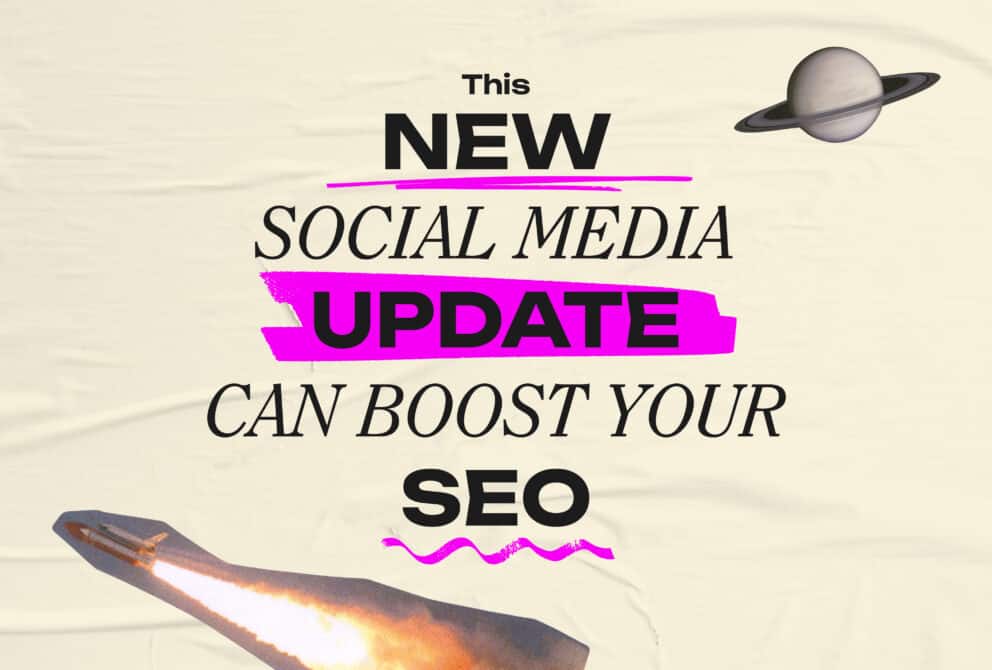

Not sure if you should be Tweeting, ‘x’ing, uploading Reels or keeping it completely professional on LinkedIn?
Are you pulling at Threads trying to work out which social media platform is the best for your business goals?

With over 4.5 billion social media users worldwide, it can feel like navigating a minefield as you attempt to target your audience in the right place at the right time.
With that in mind, take a look at our bitesize guide to find the best social platforms for your company…
How do you achieve your business’s objective?
Understanding your marketing goals is key before you start to plan your social media strategy. Is it to raise awareness? Or perhaps to increase market share or sales?
Your social media strategy should reflect this, striving to achieve the same goal as your company (and your wider marketing activity).
There are also three other key areas to consider when looking at your social media presence…
- Platform:
Who is your target audience? What is their age, interests, hobbies, and consumer behaviour? A clear understanding of your target audience will better influence which social platform you should be on.

- Purpose:
What is your goal for your social media activity? As mentioned above, this should be aligned with your marketing objectives. For example, if you’re aiming for greater awareness and engagement, it could be wise to focus on organic social and work on building a community. If you’re looking to drive direct sales, a paid social approach would be more appropriate. It’s also essential to consider whether your brand operates in a B2B or B2C space, as this will influence where you distribute your social content.
- Positioning:
How do you want your brand to appear on social media? If you aim to be a B2B thought leader, platforms like LinkedIn might be preferable. However, if you’re a consumer-facing company looking to be market disruptors and generate a buzz, a platform like TikTok could be more suitable. It’s vital that this positioning is reflective of your business and the products/services you sell.

Once you've considered the above questions, it's time to decide which platforms to invest time and resources into...
Instagram acts as an interactive space for 1.4 billion users and is the market leader for visual content and brand storytelling. With 90% of users following a business account, it’s clear to see why 200 million businesses have utilised Instagram within their social media strategy.
But is it right for your brand?
Currently, 25% of B2C companies prioritise Instagram as their most important social media platform. This is driven by several factors including Instagram’s visually orientated platform and algorithms that favour video (Reel) content. Additionally, its vast audience reach and ability to cater to various stages of the consumer journey make it a fantastic platform for B2C companies.
LinkedIn is an ideal platform for professional networking and B2B lead generation.
With over 1 billion users across 200 countries, the platform acts as a robust organic and paid platform delivering significant reach.
Particularly for B2B brands, LinkedIn facilitates an engaging space to promote thought leadership and employee ambassador content.
Relying on your brand account on LinkedIn isn’t enough. A dual approach of posting both on your company page – and also getting your c-suite/senior team/employees to all post and share content – is the best way to maximise both reach and engagement. Posts published on personal profiles get up to 561% more interaction than company page posts, which demonstrates why this approach is so important.
Facebook remains the largest social platform with over 3 billion monthly users, making it a versatile touchpoint for many B2B and B2C businesses.
Facebook’s algorithm prioritises video content (Facebook Reels), enabling brands to boost reach and engagement. Being active within Facebook Groups fosters direct communication with customers, nurturing community and loyalty while gathering valuable feedback.
Additionally, Meta’s advanced ad targeting makes running ads on Facebook extremely effective. Whilst Facebook should primarily be used as a B2C platform, it can be used effectively for B2B businesses through paid advertising.
TikTok
With its rapidly growing user base and search qualities, TikTok is no longer just an entertainment platform for younger audiences. It has evolved to attract a broader demographic, with parents being the fastest-growing demographic.
With TikTok being the youngest major social platform, both B2C and B2B brands can benefit from utilising it to future-proof their brand. With TikTok increasing in popularity, and more creators and brands joining the platform, there has never been more competition to feature on users’ FYP (‘For You’ page).
Because of this, organic reach is declining – but with Google introducing ‘Perspectives’ later this year, adding UGC at the top of search results – prioritising TikTok SEO will be essential for 2024.
Twitter / X
X remains a dynamic platform known for its real-time updates. Despite challenges such as increased spam and occasional controversies involving owner Elon Musk, X continues to be the original “town square” of the internet.
With the right positioning, businesses can effectively drive engagement on Twitter. Sport brands, in particular, have found success on the platform due to the real-time nature of sports events and fan interactions.
To make the most of Twitter’s potential, focus on timely content, actively participate in trending conversations and maintain a consistent brand voice.
Snapchat
For brands looking to explore an alternative platform, Snapchat offers a unique opportunity to engage with audiences in a more personal and behind-the-scenes manner. This closed platform requires users to be friends with a brand to view content, fostering a sense of exclusivity.
If you’re wondering how businesses can utilise Snapchat, it is fantastic for highlighting the people behind the brand and creating a more authentic connection with their audience.
With a closed platform approach and the development of a personalised feed akin to “For You” style recommendations, careful consideration of the content shared is crucial, especially for B2C brands. Snap ads can also be used to target wider audiences beyond your initial followers.
Threads
Threads can be a valuable platform for brands with substantial resources and the ability to dedicate time to it.
The relatively new platform, built as a Twitter/X alternative, is a useful tool for testing audience engagement and building an online persona across different platforms.
Threads offers a platform to experiment and refine messaging. While Meta is actively promoting Threads, it has yet to reach the same level of popularity as its competitors. However, with a long-term perspective, Threads may evolve into a significant player in the social media landscape.
YouTube
YouTube, the second largest search engine after Google, is a massive platform where users upload over 100 hours of video per minute.
It provides an unparalleled opportunity for brands to communicate with a vast audience. Brands with a strong visual identity can leverage YouTube’s power by collaborating authentically with influencers.
Also by creating engaging, repurposable content across platforms like YouTube Shorts and TikTok, brands can amplify their reach and connect with an even wider audience.Overall, having a constant ‘test and learn’ approach to each platform is essential. This is the process we use here at Jam. It ensures we ‘double down’ and produce more of the content that works whilst also making sure we produce less of the content that performs less well. With each social network tweaking their algorithms constantly, this approach has never been more important.

